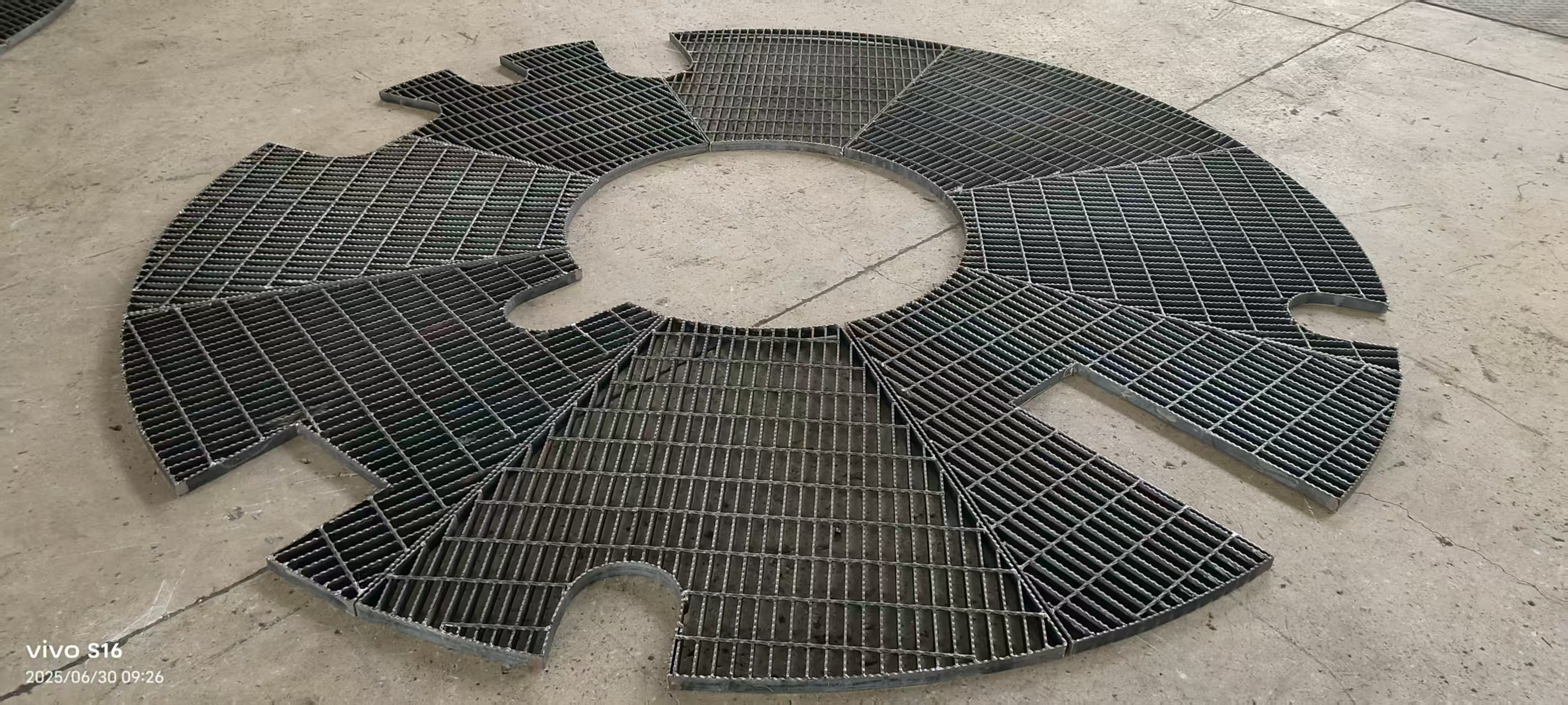In industrial environments, safety, durability, and performance are not just buzzwords—they are non-negotiable requirements. For platforms, walkways, and flooring, the choice of material is critical. While traditional gratings have served their purpose, a new standard is emerging: profiled steel grit. This innovative product is engineered to offer superior strength, enhanced safety features, and a longer lifespan, making it the smart choice for modern facilities seeking to optimize their operations and protect their workforce.
The Key Advantages of Profiled steel grit
Superior Slip Resistance and Safety
The primary reason to choose profiled steel grit is its exceptional slip resistance. Unlike standard grating with a flat surface, profiled grit features a serrated or textured surface. This unique design provides maximum grip in challenging conditions, from wet and oily environments to icy outdoor platforms. By drastically reducing the risk of slips and falls, it creates a safer workspace and helps businesses meet stringent safety regulations.
Unmatched Durability and Load-Bearing Capacity
Profiled steel grit is engineered for strength. The serrated bars not only provide traction but also contribute to the grating’s overall rigidity and load-bearing capacity. Made from high-quality steel, these gratings are built to withstand heavy foot traffic, equipment movement, and harsh industrial chemicals. This robust construction means a longer service life and fewer replacements, leading to significant long-term cost savings.
Optimized Drainage and Self-Cleaning Properties
The design of profiled steel grit allows for excellent drainage. The open-grid pattern prevents the buildup of liquids, debris, and snow, which can cause hazardous conditions and corrosion. This self-cleaning property is a major advantage in industries like food processing, chemical plants, and maritime applications, where hygiene and a clear surface are paramount.
Choosing the Right Profiled steel grit for Your Needs
When selecting grit for your project, consider these critical factors:
- Material: Stainless steel is ideal for corrosive environments, while galvanized steel offers excellent durability and is a cost-effective option for many applications.
- Profile Type: Choose the profile based on the specific hazard. A serrated profile is perfect for wet or oily conditions, while a more aggressive profile might be needed for ice and heavy debris.
- Load Requirements: Always ensure the grit’s load-bearing capacity meets or exceeds the demands of your application, including both static and dynamic loads from machinery and foot traffic.
- Installation: Look for grit that is easy to install and secure, minimizing downtime and labor costs during the setup phase.
Summary
Profiled steel grit is a strategic investment that fundamentally improves the safety, durability, and efficiency of industrial workspaces. Its superior slip resistance, robust construction, and self-cleaning properties make it a standout choice for any business committed to operational excellence and workforce protection. By choosing the right grit for your specific needs, you are not just buying a product—you are investing in a safer, more reliable future for your facility.
Frequently Asked Questions (FAQ)
What is the main difference between standard steel grating and profiled steel grit?
Standard grating has a flat, smooth surface. Profiled steel grit features a serrated or textured surface, which provides significantly better slip resistance and grip, especially in hazardous environments.
Is profiled steel grit more expensive than standard grating?
While the initial cost may be slightly higher, the long-term benefits of enhanced safety, reduced maintenance, and a longer lifespan often make profiled steel grit a more cost-effective solution over time.
Where is profiled steel grit most commonly used?
It is widely used in industries where slip hazards are a concern, such as oil and gas platforms, chemical plants, food and beverage processing facilities, marine applications, and any outdoor or wet industrial walkways.
Post time: Aug-07-2025

